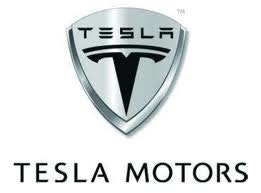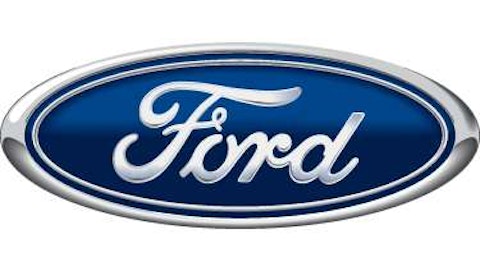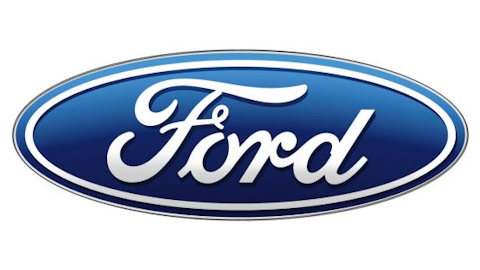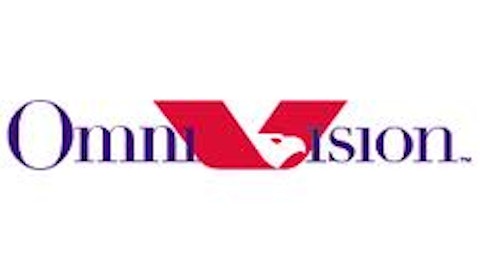Offering earnings guidance above expectations, whether from Wall Street analysts or internal estimates, is obviously a bullish sign, as over time earnings growth follows sales growth. And when a company predicts greater sales or profits, we expect its stock price to soon follow.

Now don’t go blindly buying — or selling — on this bullish sentiment because you still need to do some research. Even if it looks like the situation is improving, we can only use the announcement as a jumping-off point for additional research.
Driving ahead
It’s not just Tesla Motors Inc (NASDAQ:TSLA)’s Model S that’s lost its charge since the Times brouhaha began. The carmaker’s stock is also down more than 12% from the high of $40 per share it hit at the beginning of the month. CEO Elon Musk may have violated one of those cardinal rules of politics that says, “Never pick a fight with someone who buys ink by the barrel.”
It’s understandable Musk would want to defend his car from what was seen as an unfair critique, but launching a Twitter war that called the road test a “fake” and using a high-profile blog post to attack the credibility of the Times correspondent only allowed the writer to write yet another article going into greater depth about what went wrong and that caused all the media to focus their attention on the issue. The Times then had its public editor dissect the matter yet again, and all that it’s done is have investors shy away from the stock.
A thin skin is causing Musk’s company to bleed while risking making Tesla Motors Inc (NASDAQ:TSLA) out to be a riskier investment than previously believed.
Unplugged
As readers may know, I’m not a big fan of electric cars, though I find Tesla’s Model S and the similarly luxurious Fisker Karma to be gorgeous works of art in addition to being modes of transportation. But my concern is the EV hasn’t yet arrived for the mass market because they haven’t become practical yet. Without subsidies, they’re generally overpriced for the range they deliver, and until there are as many charging stations as there are Starbucks coffee shops, they’ll remain a niche toy of the well off.
Plug-in car sales in the U.S. tumbled 23% in January from the month before, with General Motors (NYSE:GM)‘s Volt plunging 57%, followed closely by plummeting sales of the Nissan Leaf, which had a drop-off of 56%. Toyota Motor Corporation (ADR) (NYSE:TM)‘s Prius Plug-in declined 36%. At the same time, gas-powered vehicles were up in North America in January.

Elon Musk predicts he’ll be able to sell all 20,000 cars Tesla Motors Inc (NASDAQ:TSLA) will produce this year and says production of the Model S should hit 500 a week by the middle of the year. But part of the problem with Tesla’s profitability in 2012 was higher-than-expected start-up costs, which rose 29% in the fourth quarter as it experienced sourcing issues. Apparently, parts makers read the industry blogs and based their production on what analysts said Tesla would produce rather than what Musk was actually ordering. That forced the carmaker to go overseas to grab parts to keep on schedule, costing it money in the process.
Off the grid
The CEO also says he expects his car company to be profitable throughout the year, though he’s not willing to commit to a guarantee that it will actually achieve that goal. Yet with sales to Europe and Asia expected to begin this year, there at least appears to be the prospect it will achieve its sales forecast. Whether those losses can be turned into profits by doing so remains to be seen.
Last year, Reuters charged that General Motors (NYSE:GM) was losing $49,000 on every Volt it sold, and while the carmaker refuted those numbers, saying the author included sunk costs in his figures, they do admit that the car is a money-loser. The Volt, they say, is no different from any other consumer car, “even if it takes longer to become profitable.”
My Foolish colleague Alex Scherer recently acquired a Model S, as did a relative of mine, and both of them seem to be quite happy with their purchases. But a happy customer doesn’t necessarily translate into a joyous investor. As a result, I won’t be buying its stock anytime soon, until it’s able to demonstrate it can go the extra mile by adding more Supercharger stations and technology that is more in tune with real consumer driving habits.
The article Tesla Just Raised the Bar originally appeared on Fool.com.
Fool contributor Rich Duprey has no position in any stocks mentioned. The Motley Fool recommends General Motors and Tesla Motors and owns shares of Tesla Motors .
Copyright © 1995 – 2013 The Motley Fool, LLC. All rights reserved. The Motley Fool has a disclosure policy.




